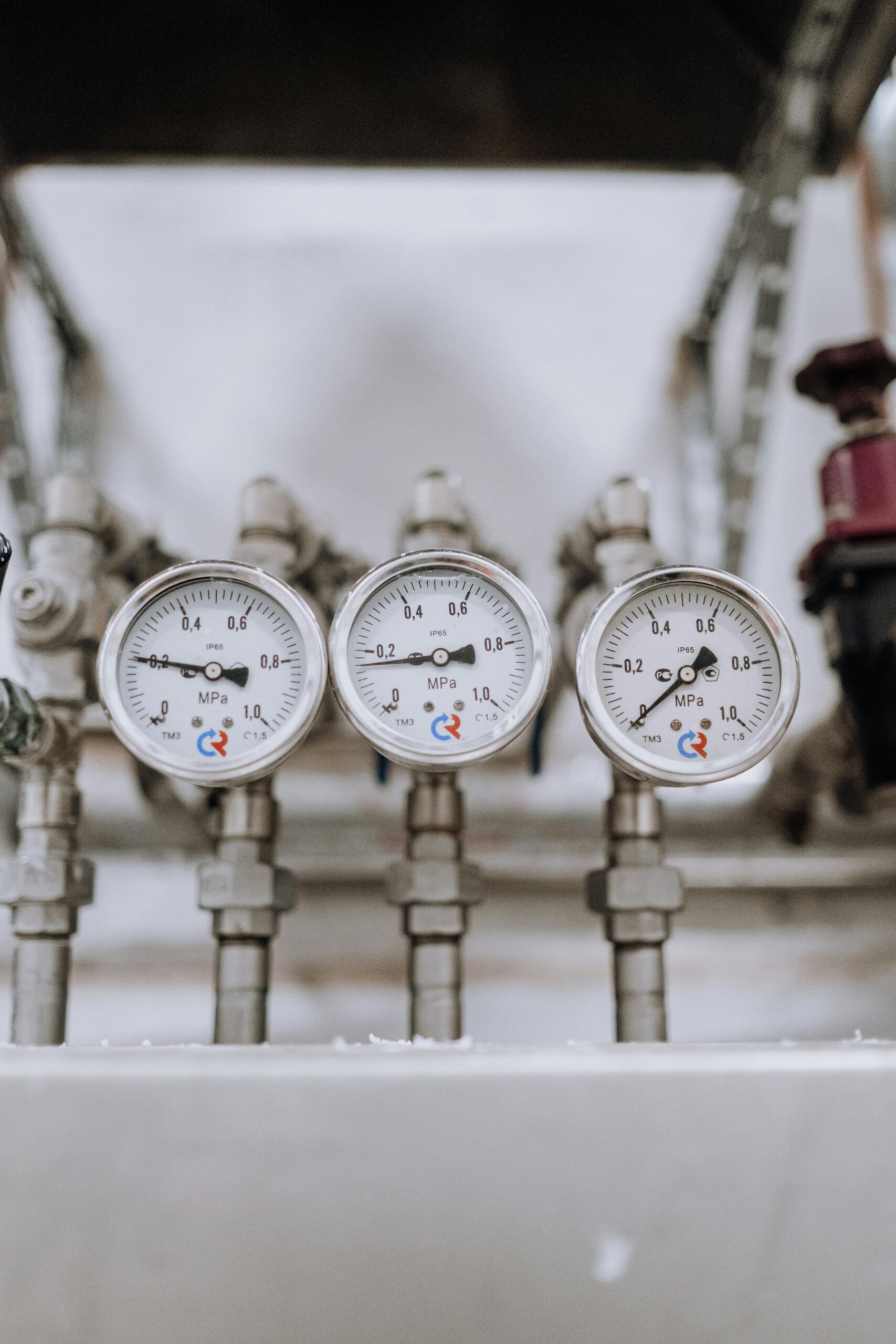Pressure loss, often referred to as pressure drop, is a fundamental concept in fluid dynamics that plays a crucial role in the design and operation of fluid systems. It represents the reduction in pressure as a fluid flows through a pipeline or system, influenced by various factors such as friction, obstructions, and changes in the flow path. This article delves into the causes, factors, calculation methods, and importance of managing pressure loss in fluid systems.
Causes of Pressure Loss
Pressure loss occurs due to several factors:
- Frictional Forces: The primary cause of pressure loss is the friction between the fluid and the inner walls of the pipe. This friction is influenced by the roughness of the pipe surface, the viscosity of the fluid, and the flow rate.
- Obstructions and Fittings: Components such as valves, bends, elbows, and tees introduce turbulence and additional resistance in the flow, contributing to pressure loss.
- Changes in Flow Path: Sudden expansions or contractions in the pipe diameter and the presence of obstacles cause changes in the fluid’s velocity and direction, leading to pressure loss.
- Elevation Changes: In vertical pipes, gravity affects pressure. Pressure increases when the fluid flows downward and decreases when it flows upward.
- Flow Regime: The type of flow—laminar (smooth and orderly) or turbulent (chaotic and irregular)—affects pressure loss. Turbulent flow generally causes higher pressure loss than laminar flow.
Factors Affecting Pressure Loss
Several factors influence the extent of pressure loss in a piping system:
- Pipe Diameter: Smaller diameters increase frictional forces, leading to higher pressure loss, while larger diameters reduce friction and pressure loss.
- Fluid Velocity: Higher fluid velocities increase frictional forces and turbulence, resulting in greater pressure loss.
- Fluid Viscosity: More viscous fluids experience higher frictional resistance, leading to greater pressure loss.
- Pipe Length: Longer pipes result in greater cumulative frictional forces and higher pressure loss.
- Pipe Roughness: Rougher pipe surfaces increase friction, contributing to higher pressure loss.
Calculating Pressure Loss
Pressure loss can be calculated using empirical formulas, computational fluid dynamics (CFD) simulations, and standardized equations like the Darcy-Weisbach equation, which is commonly used:
ΔP=f⋅L⋅ρv2/2D
where:
- ΔP = pressure loss
- f = friction factor (dependent on Reynolds number and pipe roughness)
- L = length of the pipe
- D = diameter of the pipe
- ρ = density of the fluid
- v = velocity of the fluid
Importance of Managing Pressure Loss
Managing pressure loss is critical for several reasons:
- System Efficiency: Excessive pressure loss reduces the efficiency of a fluid system, requiring more energy to pump the fluid and increasing operational costs.
- Component Sizing: Accurate prediction and management of pressure loss are essential for properly sizing pumps, compressors, and other system components.
- Operational Stability: Maintaining an appropriate pressure profile in the system ensures the stable operation of equipment and processes.
- Safety: Inadequate management of pressure loss can lead to system failures, leaks, and other safety hazards.
Conclusion
Pressure loss is a pivotal aspect of fluid dynamics that significantly impacts the design, efficiency, and operation of fluid systems. Understanding its causes and influencing factors allows engineers to design more efficient systems, select appropriate components, and ensure safe and stable operation. By carefully managing pressure loss, industries can optimize performance, reduce energy consumption, and enhance the longevity of their fluid handling systems. Whether in industrial applications, HVAC systems, or hydraulic circuits, addressing pressure loss is essential for maintaining operational excellence and safety.



